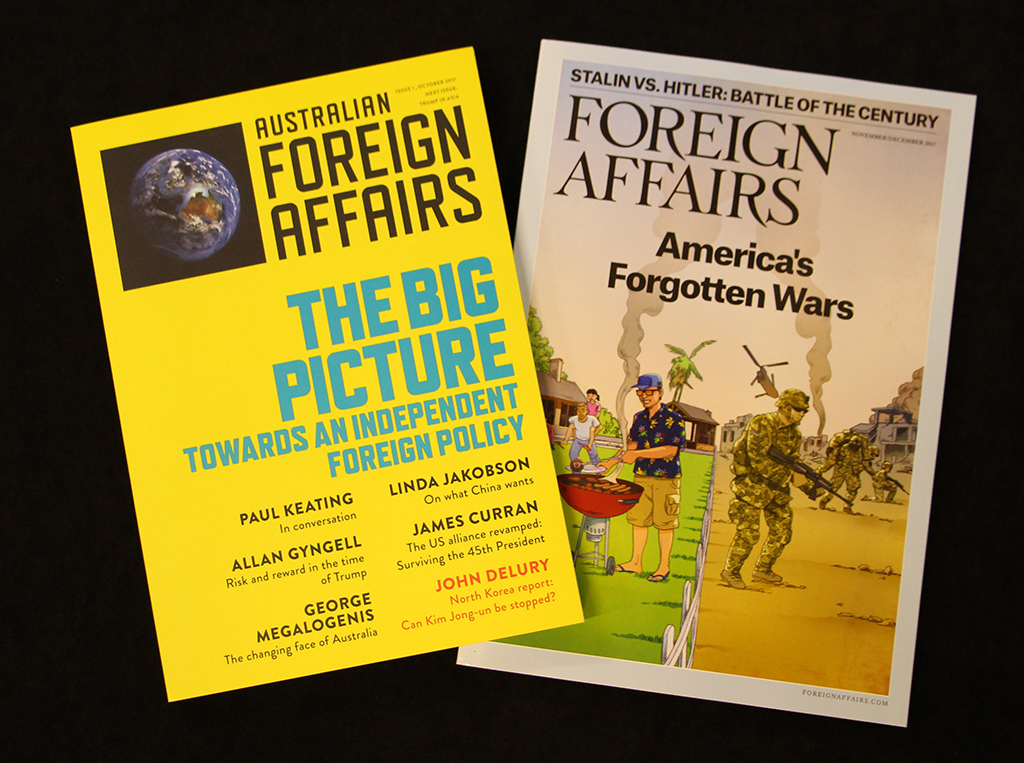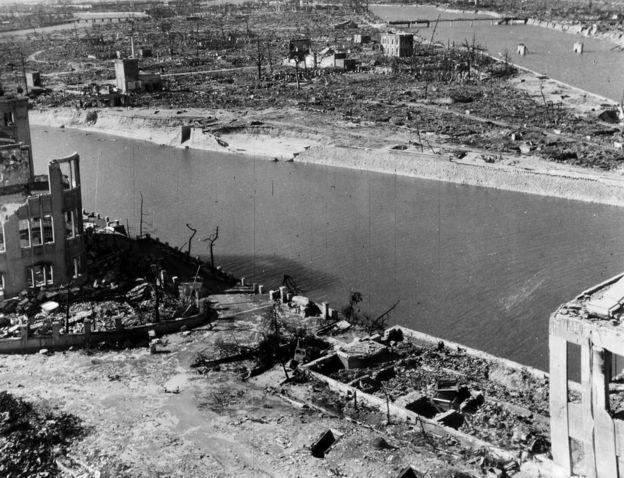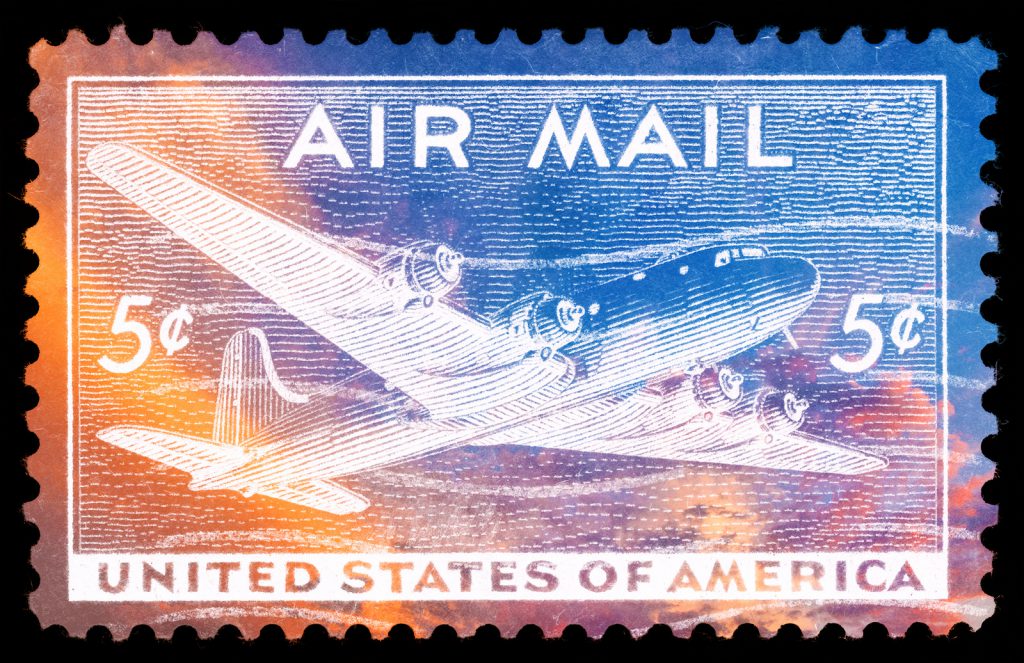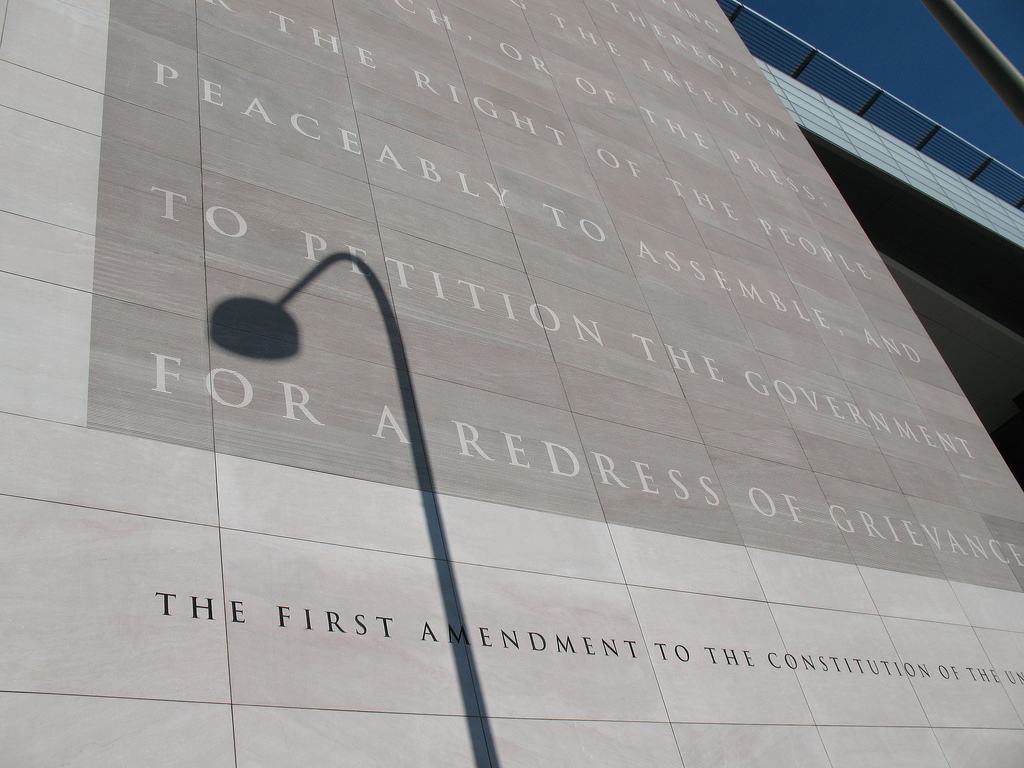The US and China: status quo powers in revisionist times

The US is the essential status quo power, led by a revisionist president. China loves the current status quo, while liking how the tide of change flows its way.
The labels ‘status quo’ and ‘revisionist’ suddenly matter in relations between the top two nations.
The US has branded China a revisionist power and announced that conflict with China is a bigger threat than terrorism.
In politics and diplomacy, words are bullets. In strategy and defence, bullets are bullets—but the words mount the arguments, set the plans and define the targets. Word salvos are flying.
The US national security strategy issued in December uses the word ‘revisionist’ just once, in describing three sets of challenges: ‘the revisionist powers of China and Russia, the rogue states of Iran and North Korea, and transnational threat organizations, particularly jihadist terrorist groups’.
The charges against China are that it challenges ‘American power, influence, and interests, attempting to erode American security and prosperity’, wants ‘to shape a world antithetical to US values and interests’, and seeks ‘to displace the United States in the Indo-Pacific region, expand the reaches of its state-driven economic model, and reorder the region in its favor’.
The strategy trashes ‘engagement’ as the failed policy of trying to turn rivals ‘into benign actors and trustworthy partners’.
The companion national defence strategy issued in January launches from the revisionist proposition: ‘The central challenge to US prosperity and security is the reemergence of long-term, strategic competition by what the National Security Strategy classifies as revisionist powers.’
The defence strategy stunner is that ‘inter-state strategic competition, not terrorism, is now the primary concern in US national security’. America ranks a clash with China ahead of the threat from jihadists. The next war looms as great-power conflict.
War with China caused a Canberra flurry—that’s what happens when ministers muse before the talking points are agreed. Defence Minister Marise Payne said Australia shared US concerns, while Deputy Prime Minister Barnaby Joyce was typically forthright in saying that China is a bigger threat to Australia than terrorists: ‘It’s a statement of the bleeding obvious that any nation that does have the capacity to basically overrun you is always a greater threat.’
Because words are bullets, stating the bleeding obvious can cost blood. The prime minister and foreign minister jumped in to avoid wounds and rework the words. A new talking point became the order of the day: China is not a threat. Not. A. Threat. Repeat as needed. It’s a standard talking-point tactic. When dealing with a tough topic, go for denial, say what it ain’t, define it away.
Joyce was guilty of stating a strategy truism: capacity builds slowly while intent can change quickly. On capacity and intent, see the ASPI paper on a new era of risk by Canberra wise owls Paul Dibb and Richard Brabin-Smith: ‘Australia’s strategic outlook is deteriorating and, for the first time since World War II, we face an increased prospect of threat from a major power.’
Since the 1970s, Canberra’s defence plans stated that it’d take a decade for any Asian power to develop the capability to assault Australia. Dibb and Brabin-Smith see the 10-year rule shrinking.
The issue of intent returns us to whether China is a revisionist or status quo power—an academic argument that’s been bubbling for two decades. The trouble with power-transition theory in international relations is that it’s a binary categorisation: states are either status quo or revisionist. Revisionist exemplars are revolutionary France, Nazi Germany, the Soviet Union and Maoist China.
The revisionist case is well put by Walter Russell Mead. (The Foreign Affairs editors gave his discussion of China, Iran and Russia extra colour with the heading ‘An axis of weevils?’, an uncomfortable reminder of a previous US crusade against an axis of evil.)
I prefer John Ikenberry’s counter to Mead that China is a part-time spoiler that’s deeply integrated into the world economy and institutions. My twist is calling China a status quo–tidal power—a conservative state that loves both its current status and how the tide is running away from the US towards China.
The revisionist conclusion declares engagement and diplomacy a dead end, while zooming onto the military highway. Washington’s embrace of the revisionist label as policy ignores the relative decline of US influence as the great global story of our age. We aren’t going back to the bipolar status quo (1945–1989) or the unipolar status quo (1989–2008). The age of globalisation keeps moving the game.
One of the age’s arch-realists, Henry Kissinger, captured the trend in World order, describing the US and China as ‘indispensable pillars of world order’, even though both have a history of ambivalence about the international system they now anchor.
Dr K. argues that America and China must achieve an unprecedented blend of partnership and military balance in Asia’s modern system:
The combination of balance-of-power strategy with partnership diplomacy will not be able to remove all adversarial aspects, but it can mitigate their impact. Above all, it can give Chinese and American leaders experiences in constructive cooperation, and convey to their two societies a way of building toward a more peaceful future. Order always requires a subtle balance of restraint, force, and legitimacy. In Asia, it must combine a balance of power with a concept of partnership. A purely military definition of the balance will shade into confrontation. A purely psychological approach to partnership will raise fears of hegemony. Wise statesmanship must try to find that balance. For outside it, disaster beckons.
Yes, Henry! Engagement works. Mix partnership with power politics, as the tide of the status quo shifts.









